Tremé, a historic neighborhood in New Orleans, stands as a testament to African-American and Creole heritage.
This vibrant area, rich in cultural traditions and history, has long been a beacon of music, art, and community spirit.
Here are ten captivating facts about Tremé that showcase its unique legacy and enduring influence.
Tremé as a Cultural Time Capsule
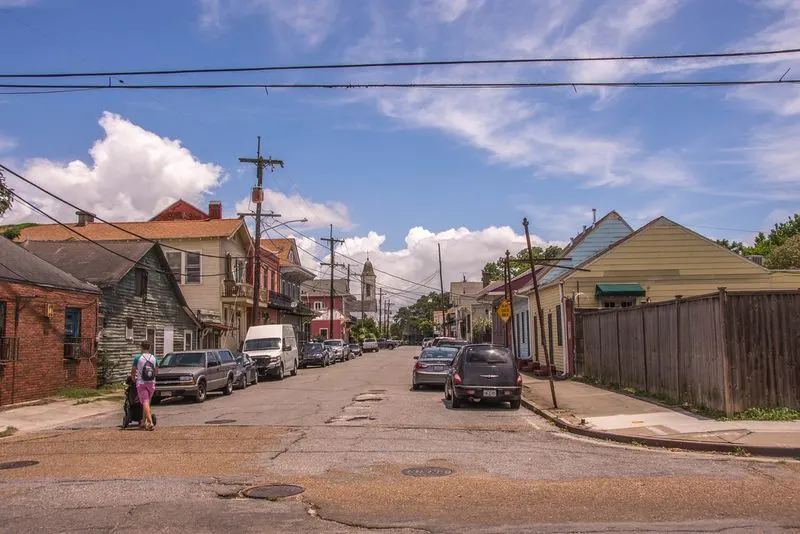
Nestled in the heart of New Orleans, Tremé is often described as a cultural time capsule. Its streets echo with the rhythms of its past, offering a glimpse into enduring traditions.
Known as one of the oldest African-American neighborhoods in the United States, Tremé showcases a unique blend of Creole and Black cultural practices.
Visitors can feel the heartbeat of history in its music, festivals, and vibrant community life. This neighborhood remains a living repository of African-American and Creole culture, celebrated through generations.
Early History of Tremé
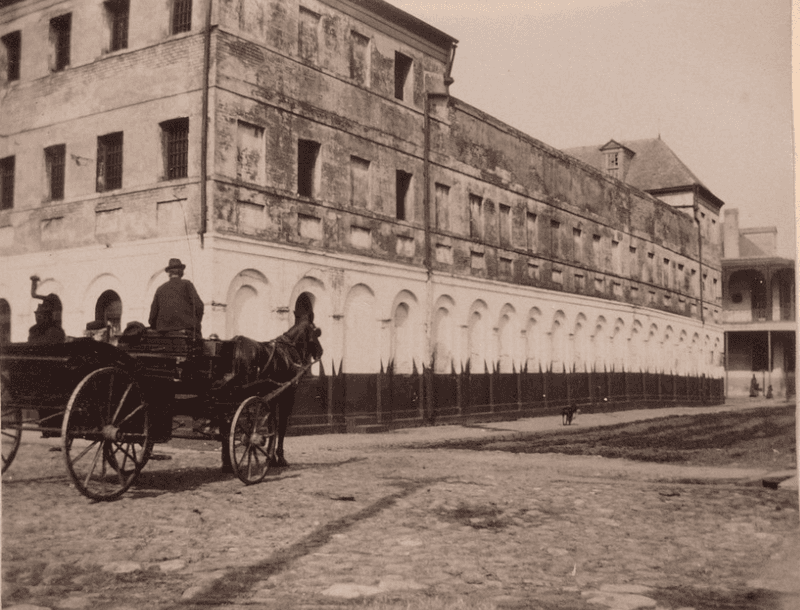
In the late 18th and early 19th centuries, Tremé emerged as a melting pot. Its origins were shaped by free people of color, enslaved Africans, and European settlers.
These diverse groups laid the foundation for a culturally rich community. Tremé’s early history is a tapestry of resilience and innovation.
The blend of influences created a neighborhood that thrived on diversity and inclusion. This vibrant mix has contributed to its enduring legacy.
Congo Square’s Cultural Legacy
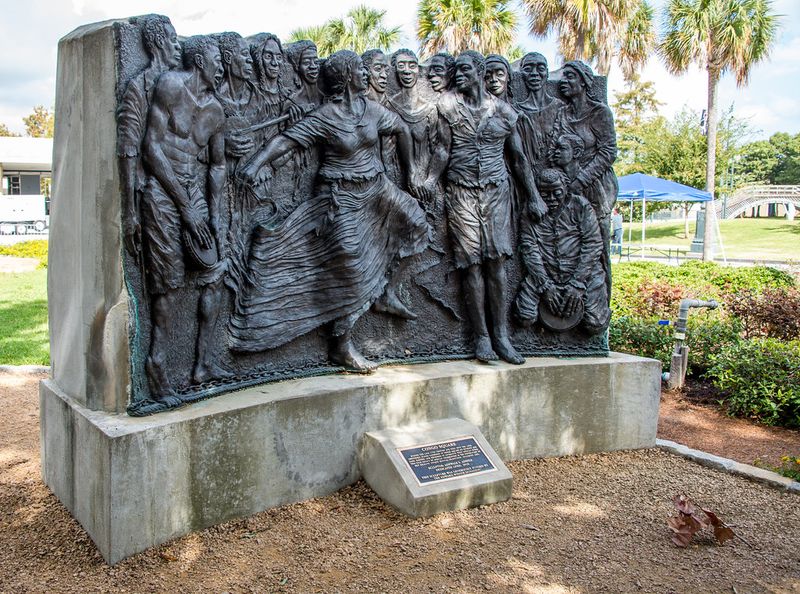
Congo Square stands as a symbol of cultural endurance. In this sacred space, African rhythms, dances, and spiritual practices flourished.
Every Sunday, enslaved and free people gathered here, preserving their heritage through music and dance.
This vibrant cultural exchange was crucial in the evolution of jazz and other musical forms. Congo Square remains a cherished landmark, embodying the spirit of African-American resilience and creativity.
Formation of a Free Black Community
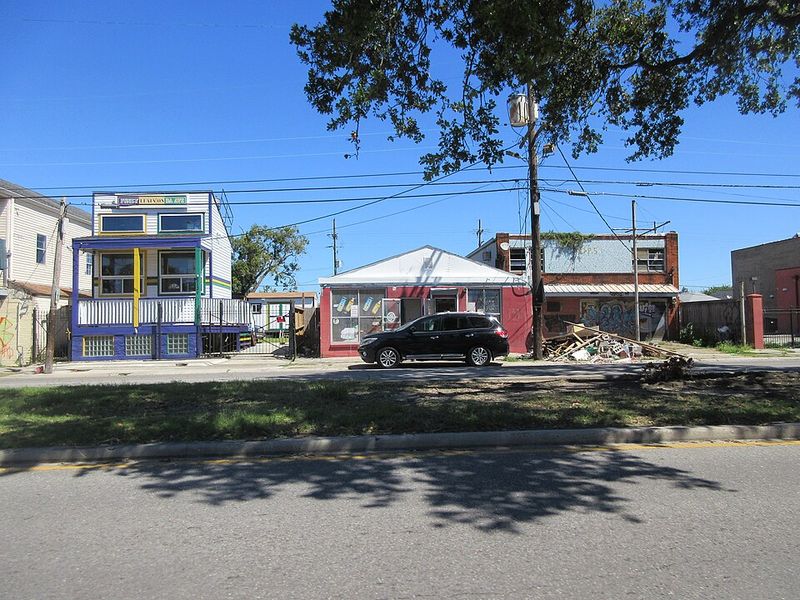
The gens de couleur libres, or free people of color, were pivotal in shaping Tremé. They established an early Black middle class that significantly influenced arts, education, and civic life.
Their contributions laid the groundwork for a thriving community. This group carved out spaces for economic and cultural growth, leaving an indelible mark on Tremé’s legacy.
Their achievements continue to inspire future generations.
Music as Tremé’s Lifeblood
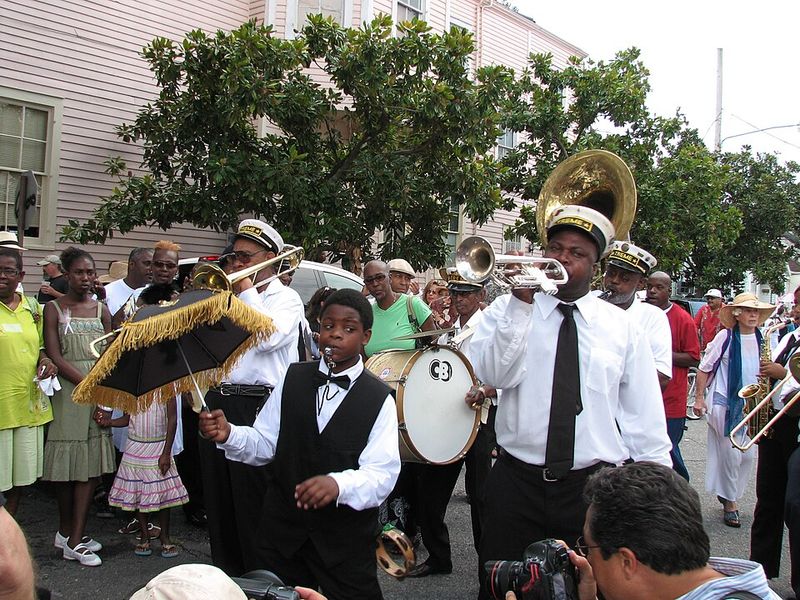
Music is the beating heart of Tremé. The neighborhood is renowned for its jazz, brass bands, and lively second-line traditions. These elements animate the streets, creating an ever-present soundtrack.
This musical heritage is not just entertainment; it is a vital expression of community identity and pride.
The sounds of Tremé continue to resonate, drawing visitors from around the world.
Mardi Gras Indians
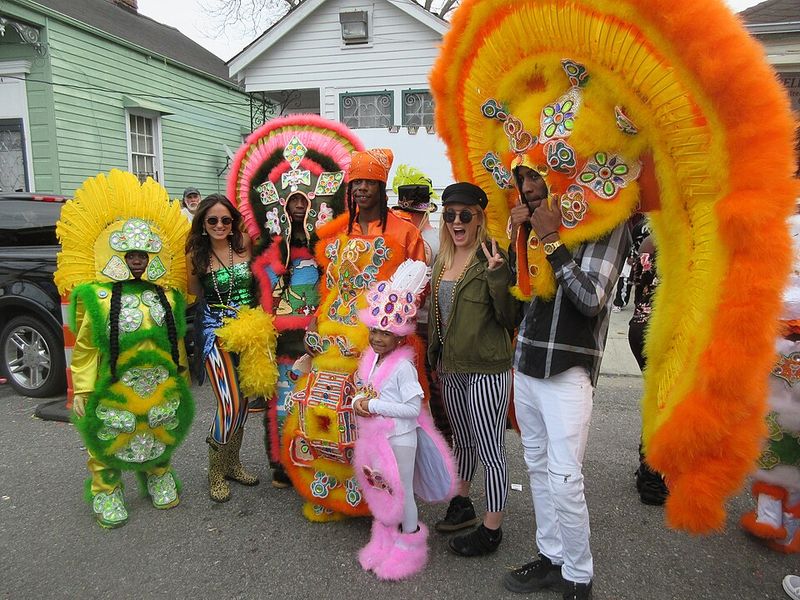
The Mardi Gras Indians of Tremé are a testament to artistic creativity and cultural fusion. These tribes blend African, Native American, and Creole identities in their elaborate costumes and rituals.
Their parades, filled with vibrant colors and intricate designs, are a highlight of Mardi Gras celebrations.
The artistry and heritage of the Mardi Gras Indians are a unique aspect of Tremé’s cultural tapestry.
Social Aid & Pleasure Clubs
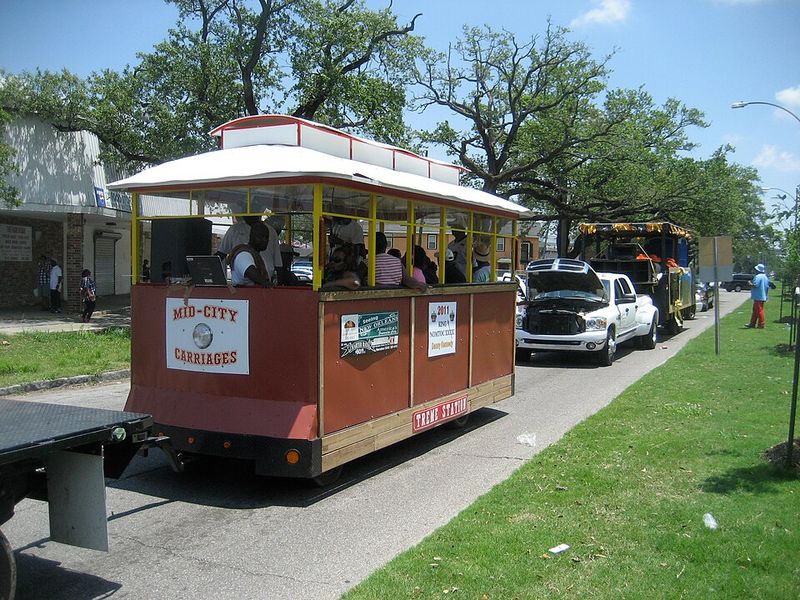
Social Aid & Pleasure Clubs play a crucial role in Tremé’s community life. These organizations support welfare initiatives and are instrumental in preserving second-line culture.
With lively parades and community events, these clubs foster a sense of solidarity and joy. Their work ensures that Tremé’s cultural traditions remain vibrant and accessible to all.
Architecture and Preservation

Tremé’s streets are lined with historic Creole cottages and shotgun houses, showcasing architectural elegance. These structures are cherished symbols of the neighborhood’s heritage.
However, they face threats from redevelopment pressures. Preservation efforts aim to protect these architectural gems, ensuring they continue to tell the story of Tremé’s past and present.
Contemporary Challenges
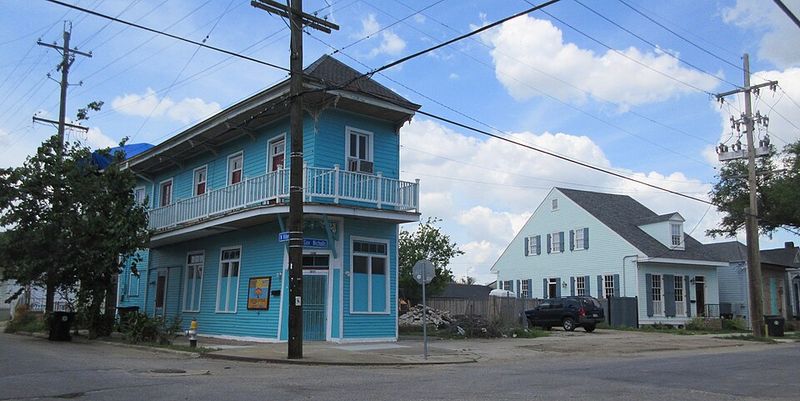
Tremé faces contemporary challenges such as gentrification and cultural displacement. These issues threaten the neighborhood’s identity and its residents’ way of life.
Post-Katrina recovery efforts have highlighted the resilience of this community. Despite obstacles, Tremé remains committed to preserving its cultural legacy and vibrancy.
The Future of Tremé
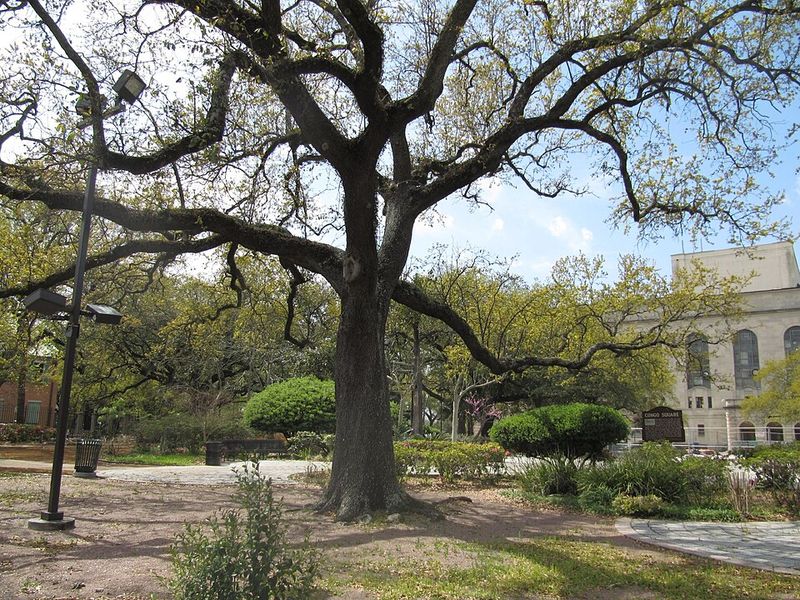
The future of Tremé depends on collective efforts to safeguard its cultural riches. Residents and cultural leaders are actively working to maintain the neighborhood as a living archive.
Through education, advocacy, and community engagement, they strive to pass down Tremé’s traditions to future generations.
The spirit of Tremé continues to inspire those determined to preserve its legacy.

